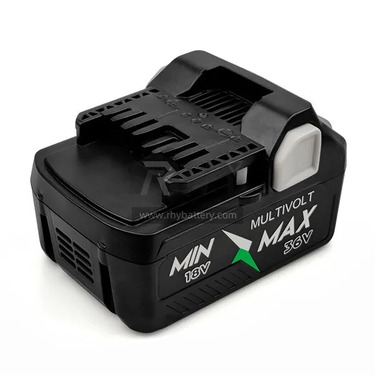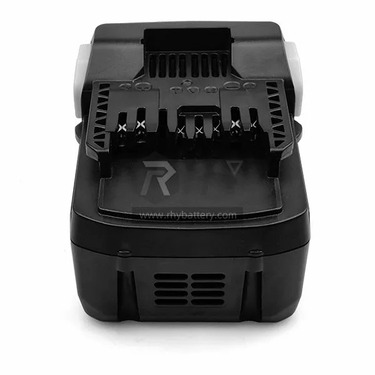Together for An Electric Future.
Using the correct charger is crucial because an incompatible charger can overcharge or undercharge the battery, leading to damage or safety hazards. Always use the charger provided by the manufacturer or a certified replacement, and verify that the voltage and current ratings match those specified for your device.
Carefully reading the manufacturer’s instructions is essential because they provide specific guidelines on safe and proper use. Always follow the user manual and any safety instructions provided with the charger and device, paying particular attention to any warnings or cautions.

Regularly inspecting the charger and cables is important because damaged chargers or cables can cause short circuits, leading to fire or electric shock. Check for frayed wires, cracks, or other signs of damage, and replace damaged chargers or cables immediately.
Avoiding overcharging is key to preventing the battery from overheating, which can lead to potential fires or explosions. Use chargers with automatic shut-off features that stop charging when the battery is full, and unplug the charger once the battery is fully charged.
Charging in a safe location is important to reduce the risk of fire or other hazards. Always charge devices on a hard, non-flammable surface, and avoid charging on soft furnishings like beds or sofas that can trap heat.
Charging batteries at room temperature and avoiding extreme temperatures is crucial because such conditions can affect battery performance and safety. Charge batteries away from direct sunlight or sources of heat, and do not charge in extremely cold environments.
Proper ventilation helps dissipate heat and prevents overheating. Ensure the charger and battery have adequate airflow during charging, and do not cover the charger or device while charging.
Using unauthorized charging adapters can be dangerous because they may not have the necessary safety features. Only use adapters and accessories recommended by the device manufacturer, and avoid cheap, unbranded chargers that may not meet safety standards.
Keeping chargers and devices away from water and moisture is essential to prevent short circuits, which can cause electric shock or fire. Do not handle chargers with wet hands and ensure the charging area is dry.
Proper storage of chargers prevents damage and maintains charger integrity. Store chargers in a cool, dry place when not in use, and avoid wrapping cords tightly around the charger, as this can damage the wires.

Supervising the charging process is important because it allows you to quickly address any issues that arise. Do not leave charging devices unattended for extended periods, and regularly check on the device while it’s charging.
Being aware of recalls is necessary to address safety defects that could pose risks. Stay informed about any recalls for your chargers or devices, and follow manufacturer instructions for replacing or repairing recalled items.
Proper handling of batteries prevents leaks, damage, and potential hazards. Do not drop or expose batteries to physical shock, and store batteries in their original packaging or in a battery case to prevent short circuits.